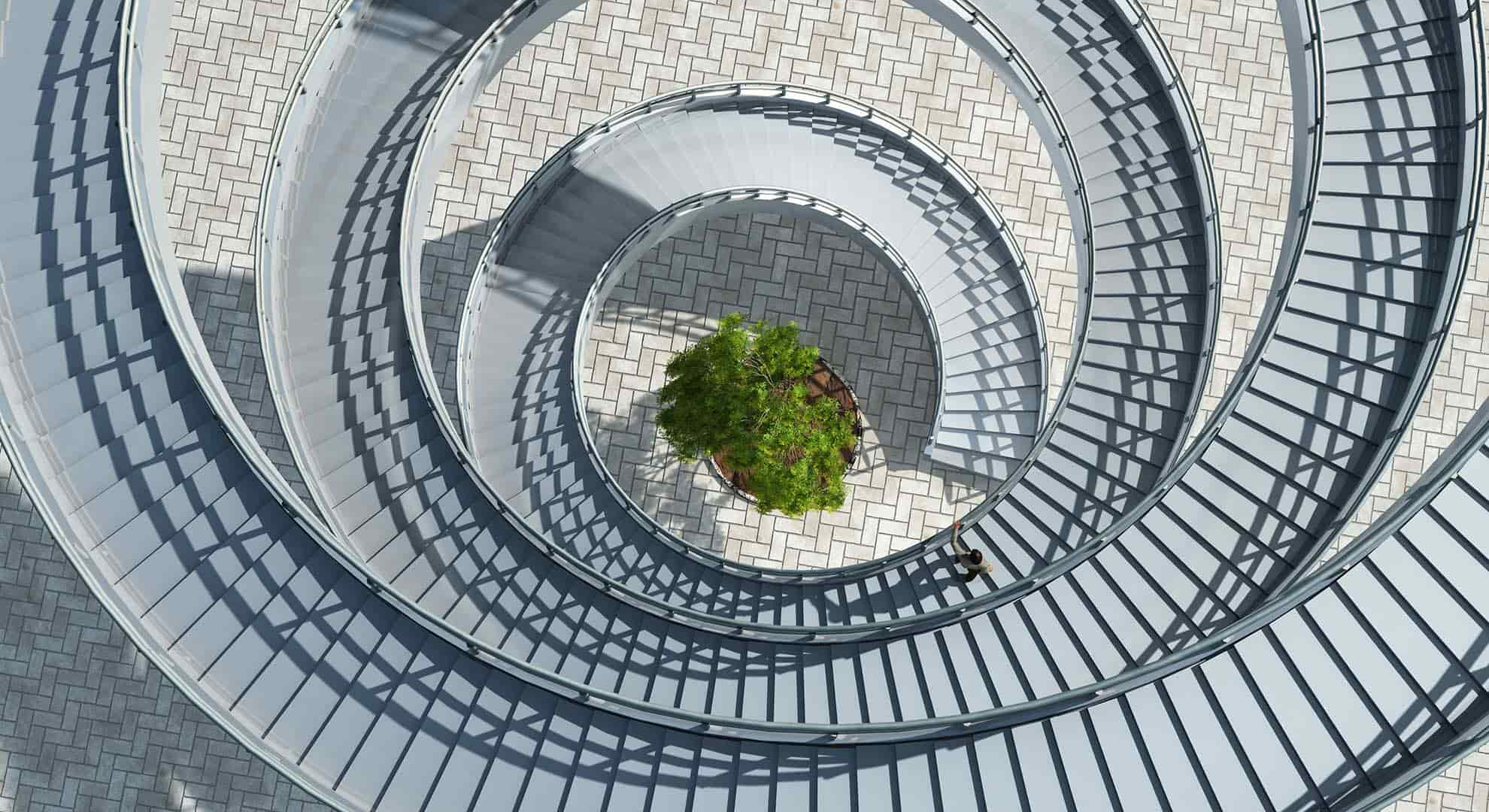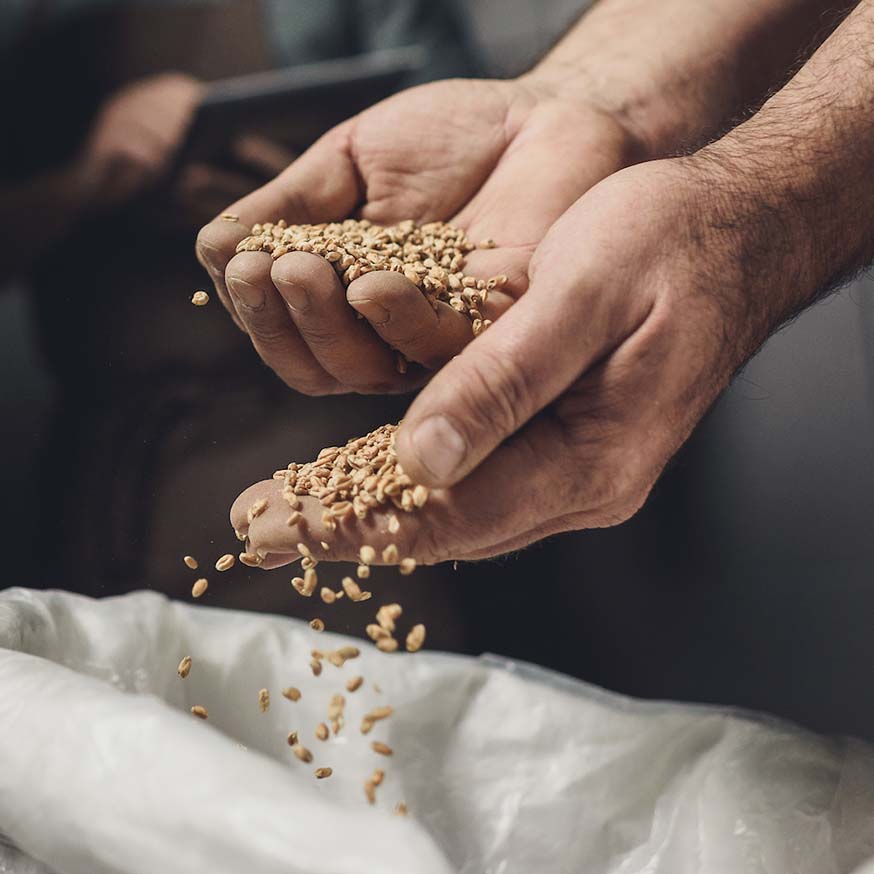
What is a circular economy?
A circular economy is part of the solution to our global climate emergency, ensuring that nothing goes to waste and everything has value.
It is an all-encompassing approach to life and business which, in simple terms, can be explained as 'make, use, remake' rather than 'make, use, dispose'.
Why do we need a circular economy?
Scotland, and much of the world, has declared a climate emergency. Global emissions are destroying our planet and, if things carry on as they are, they will get even worse. Four-fifths of our carbon footprint comes from products and materials and the production, consumption and waste of these materials are heating the Earth at an alarming rate.
In the fight against climate change, a circular economy is one of our best tools. A leading authority on the circular economy, Walter R. Stahel, offers his insights into the circular economy and why we need one:
Benefits of a circular economy
Good for the Environment: reducing our demand for raw materials by maximising the life of products and materials.
An opportunity for business: Getting maximum value out of their resources will allow them to form longer-lasting relationships with customers based on providing products and services rather than just selling products.
Keeping down costs: Circular approaches can also reduce material inputs, resulting in cost savings and more resilient supply chains.
Beneficial to people: Circular models drive innovation, shorter supply chains and new, greener industries. All of these will create more opportunities for communities, skills, jobs and local economic benefit.
Transitioning to a circular economy
In the current 'linear' system, products are made, used, and disposed of. This is not good for businesses, people, or the environment. Designing out waste is the goal of a circular economy.
It's about responsible production, where businesses supplying products and services get the maximum life and value from the natural resources used to make them.
A circular economy is achieved by designing products smartly with their whole life cycle in mind, re-using and repairing to extend their useful life, and then when one phase of their life is deemed over, repairing, re-using, upgrading or remanufacturing to create new products from old.
We need to rethink our relationship with ‘stuff’ if we’re serious about tackling climate change.
Share on
How does a circular economy work?
The circular economy can be as simple as being able to repair something when it is broken or leasing rather than buying. It can also be achieved by designing products smartly with their whole life cycle in mind.
Routes to embracing a circular economy include:
- Design - by using regenerative materials and modular design techniques, products are designed to last longer and to be more easily disassembled and repaired.
- Reuse and repair - manufacturers could retain ownership of their products and implement maintenance services to extend product lifecycles.
- Recycling - items can be easily separated into parts and materials for use in new products, displacing virgin raw materials.
- Manufacturing - circular economy principles are built into the design of products.
- Remanufacturing – repurposing or enabling other, subsequent uses of products at the end of their ‘first life’ to extend their lifespan.
- Leasing and servistisation business models - overseeing the full lifespan of products, creating a truly stable business model with a steady income.
Discover more

Examples of a circular economy in Scotland
The circular economy makes good business sense. Read inspiring stories from Scottish businesses already making the change.
